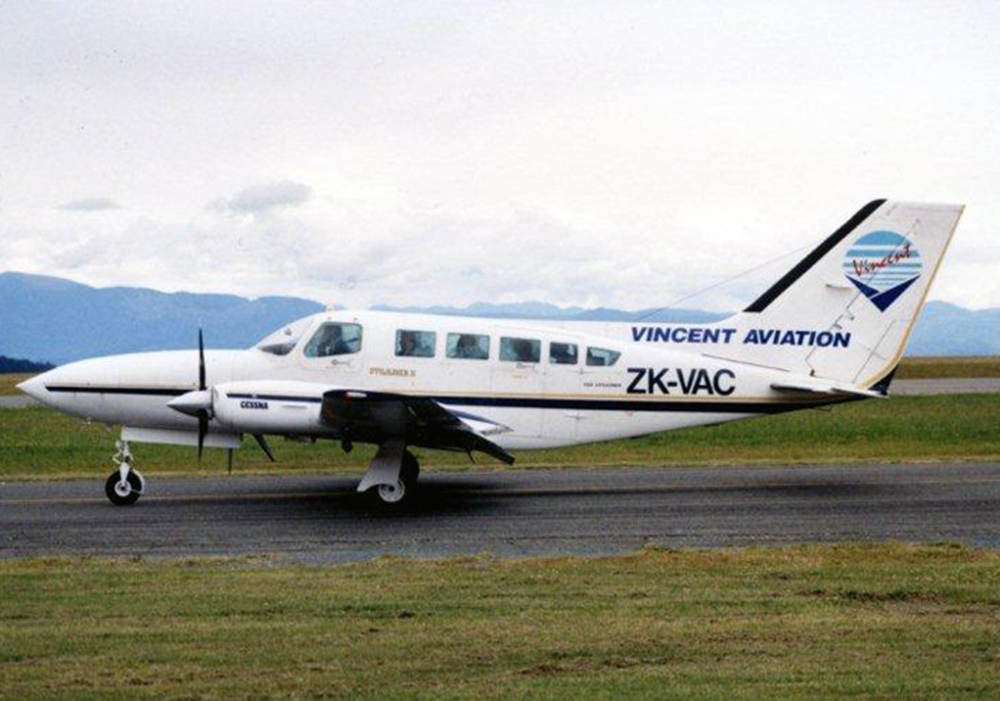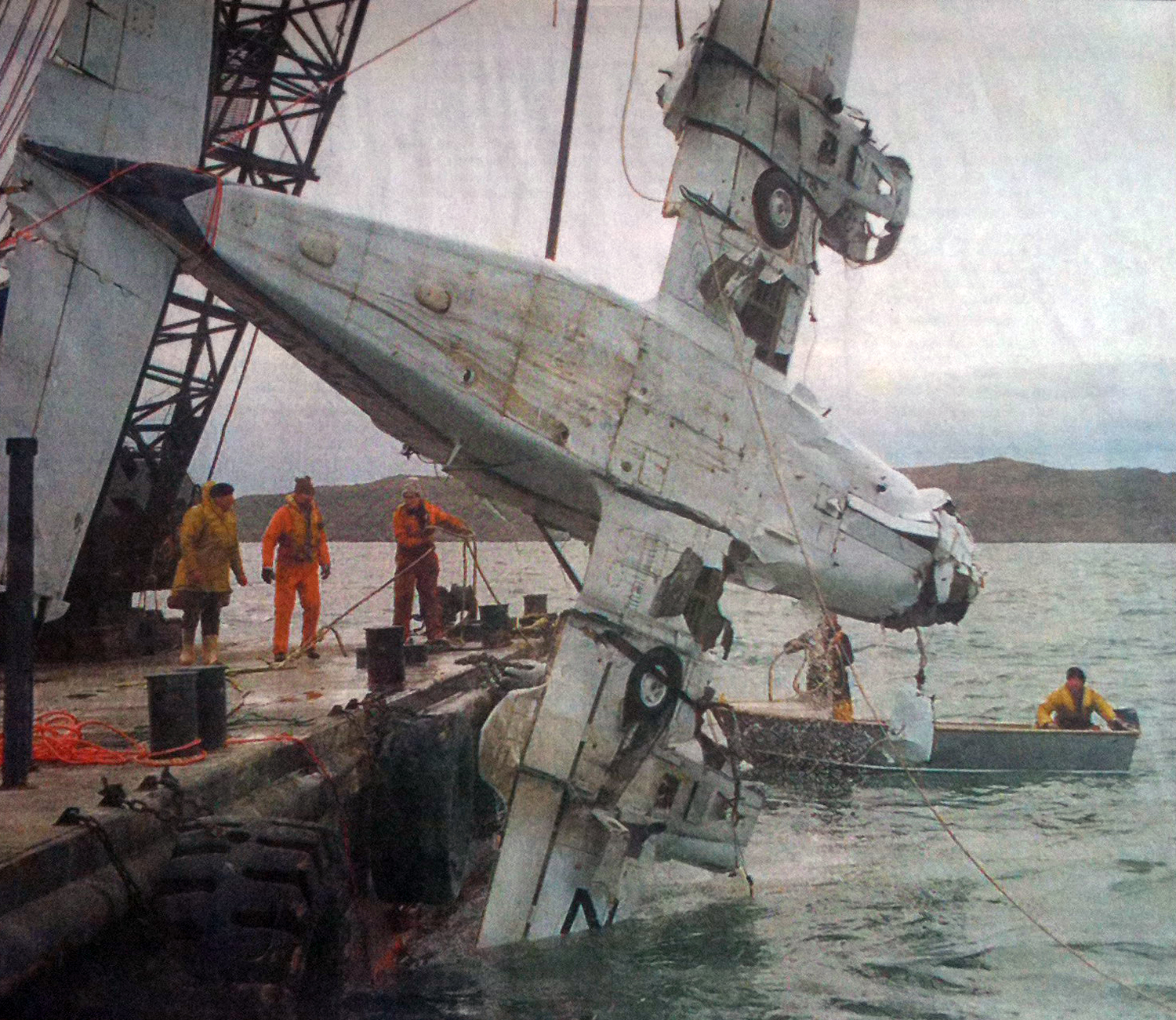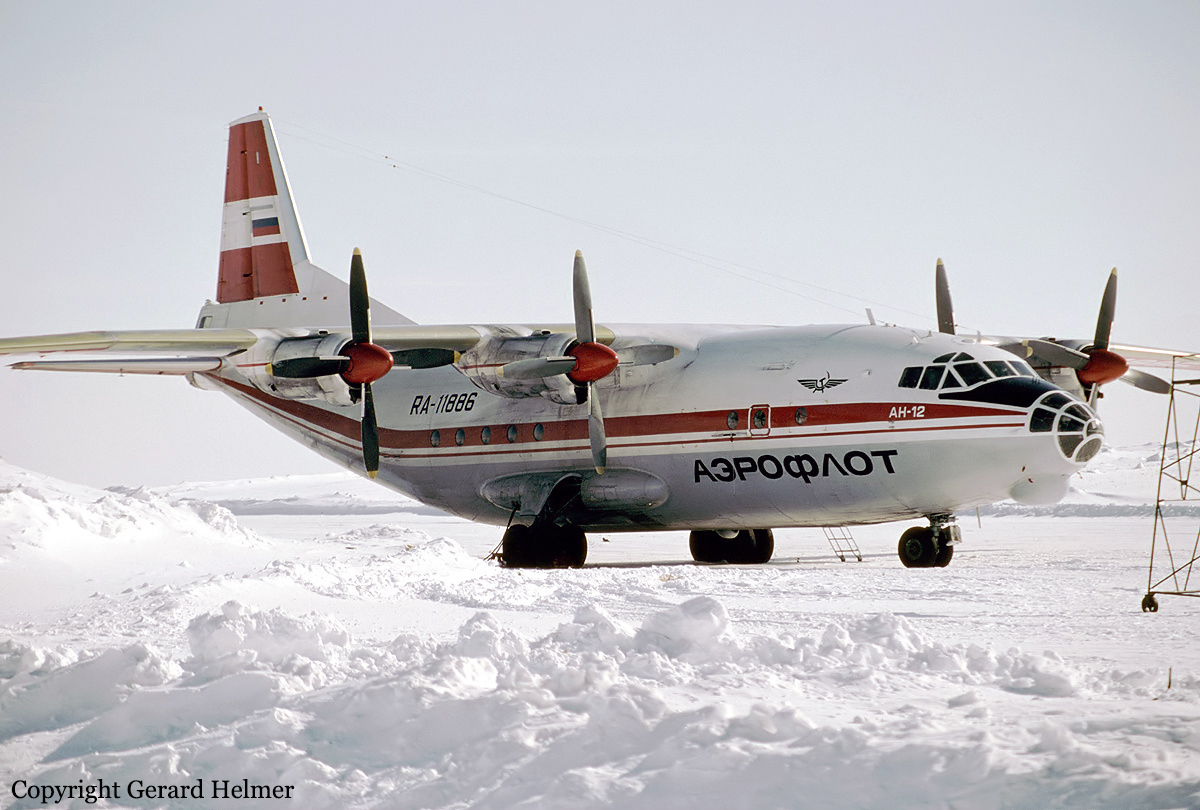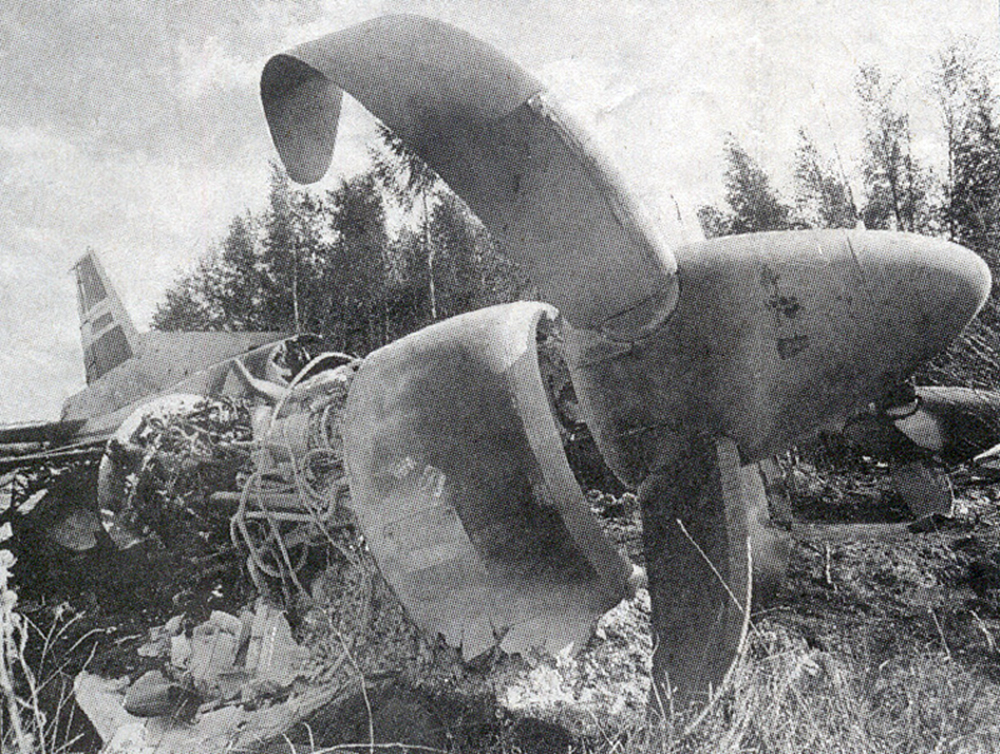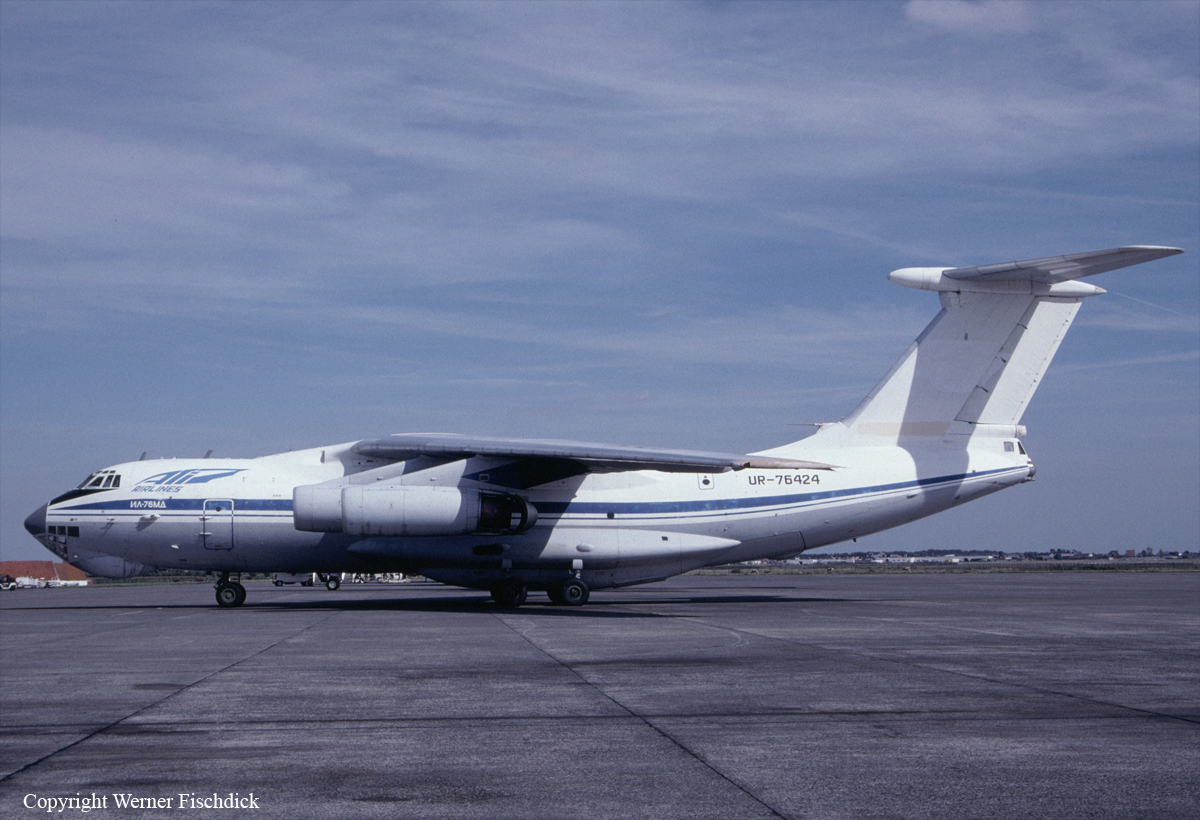Crash of a Pilatus PC-6/B2-H2 Turbo Porter in Iquitos
Date & Time:
Aug 22, 1998
Registration:
FAP322
Survivors:
Yes
MSN:
723
YOM:
1974
Crew on board:
2
Crew fatalities:
Pax on board:
2
Pax fatalities:
Other fatalities:
Total fatalities:
0
Aircraft flight hours:
2874
Circumstances:
Shortly after takeoff from Iquitos-Moronacocha Airport, while climbing, the single engine aircraft went out of control and crashed in the Moronacocha River bed. Both passengers escaped uninjured while both pilots were injured. The aircraft had also the civil registration OB-1167.



